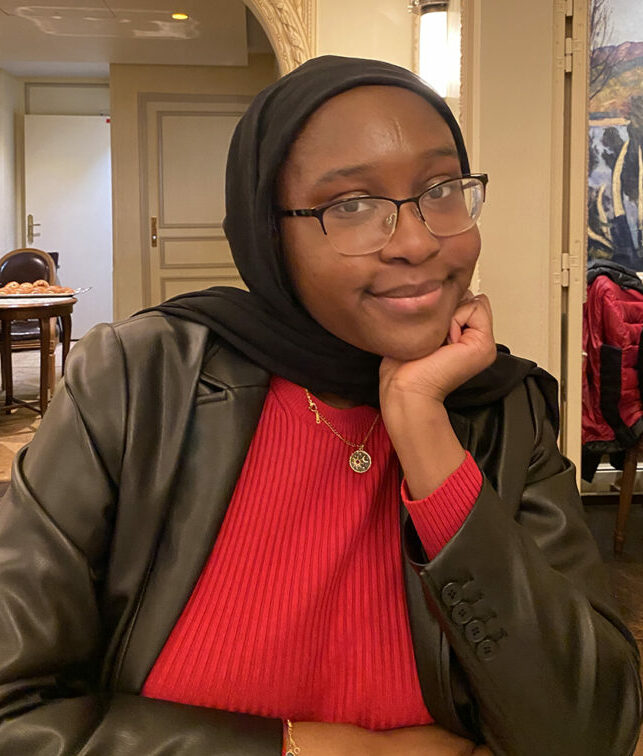A prime example is the closure of gal-dem. Founded in 2015, it brought a much-needed spark to the British media space, commissioning everything from political commentary to diverse culture. Most importantly, it made a space for women and non-binary people of colour, ensuring that different experiences were not just represented, but celebrated.
“It is often indies that look where mainstream and legacy media overlook, especially when it comes to underrepresented and marginalised communities, as well as local and regional news stories,” says Suyin Haynes, former editor-in-chief at gal-dem.
“In the national newspaper industry, just three companies own 90 per cent of Sunday newspaper titles. Reliance on news from these limited sources alone, and without independent media, risks stifling and limiting perspectives in so many ways.”
Our increasingly digital world has created a strange paradox. On the one hand, setting up an online publication has never been so easy and equitable. Yet, at the same time, the landscape has never been so over-saturated — both in terms of capturing the audience’s attention and finding a sustainable business model.
Undeniably, funding issues play a major role in running an independent publication. Overheads such as paying writers, staff, and website costs can rarely be funded through working with advertisers alone. And, without stable income streams, talented writers are pushed out of the industry as they are unable to get paid for their work.
Haaniyah Angus is the founder of labaatan, a zine that helps to platform underrepresented writers during unprecedented times. She tells Journo Resources that the struggle to find a business model that works for independent journalism has had a direct effect on her career choices.





